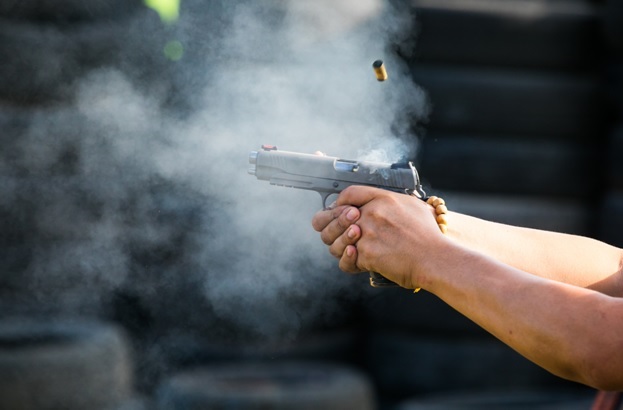Pistol Magazines for Sale: How to Break in Your New Mag
Aug 22nd 2023
Got a new pistol magazine? Just like a rifle magazine, pistol magazines need to be properly broken in.
The break-in process helps mate the mag to the pistol’s internals and will result in a smoother loading, feeding, and dropping mag.
Here’s what you need to know, especially if you’ve just picked up one of our new pistol magazines for sale.
Why Pistol Magazines Need to Be Broken in
Some gun magazines need a little more break-in than others, just like the gun itself. When new, the mag body (usually either steel or polymer) and the mag spring and follower are usually very stiff.
Moreover, sometimes, the mag is a little gritty on the mag catch and release, and the feed lips sometimes need to wear just a little bit by rubbing against the rounds running through them.
Most modern pistol magazines are made of polymer, but even modern steel or aluminum mags will need to be broken in.
When brand new, both metal and polymer firearm magazines will be really tightly mated to the inside of the magwell/mag chute. This is not a bad thing as precision manufacturing ensures a tight fit between the mag and the pistol.
However, it will take a little time before polymer handgun magazines form slightly to the inside of the gun/mag chute. Metal mags will need to wear ever so slightly by being loaded and unloaded several times before they will feed smoothly.
Sometimes, the magazine catch and mag release will both be a little bit stiff.
Also, magazine springs are usually just a bit stiff when new. This is not a bad thing, as a strong, stiff spring with a good temper will last longer, but it can make feeding a little gritty at first.
How to Break in Your Pistol Mag

The best, and easiest, way to break in pistol magazines is simply to use them. Over time, this will create a custom-like fit between the gun and mag and will limber up the springs and mag catch/release mechanisms.
However, there are things you can do to accelerate the process.
With respect to pistol springs, fatigue is caused by compression-decompression cycles. You can speed this up by fully loading and unloading your magazines at home several times, until you feel the mag getting smoother.
Simply leaving the mag loaded will not do it. You need to load it and then unload it. Also, if you’re at home, it’s safest to practice this with dummy rounds or snap caps.
Loading and unloading the magazine will also wear the inside of the feed lips and the follower just a little bit, making them smoother. If your mag feeds unreliably and you think it may be because of the feed lips, rub the inside edges lightly with a high grit sandpaper to smooth them out.
As for the mag catch/release, sometimes these are a bit sticky from the manufacturer and need to be broken in as well. To do so, simply insert and drop your mag several times. Usually, it will take a bunch of cycles before the whole assembly starts to feel looser.
Also, practice loading the mag fully charged with the pistol’s action closed. The pressure of the top round pushing down under the closed action makes a difference in handling.
How Long Does It Take to Break in a Pistol Magazine?
Ultimately, how long it will take to break in a pistol magazine depends on the model of the magazine itself.
Loading and unloading, and charging and dropping the mag a few times over the course of a week should do it.
Also, a few good hours at the range, putting between 100 and 300 rounds downrange will speed up the process too. Remember, you don’t need to formally break them in. You can just use them. The effect is ultimately the same.
Also, breaking in a gun’s mag and action is not a process that’s ever entirely finished. The more you use the gun, the more fluid the magazine will feed and the action will cycle over time.
This is why old magazines and pistols that have been well-maintained tend to feed, fire, and cycle so smoothly.
Wondering About Pistol Magazine Maintenance?
We also previously wrote a few posts on magazine maintenance. Check out our posts on common mag issues, cleaning M1 carbine magazines, and 1911 magazine maintenance for more detailed information on keeping your mags clean and in top shape.
Check Out Our Pistol Magazines for Sale
If there’s one thing we can say about mags and breaking them in, it’s that having only one good mag paired with your favorite pistol makes no sense. You should keep at least three or four spares in your range bag.
Take a look through our pistol magazines for sale. We carry a wide range of mags compatible with popular platforms, including S&W, Browning, Sig Sauer, and Glock pistols, as well as high-capacity magazines and special-made 1911 mags that are engineered for exceptional performance, durability, and long service lifespans.
Take a look through our collection and let us know if you need help finding anything.

